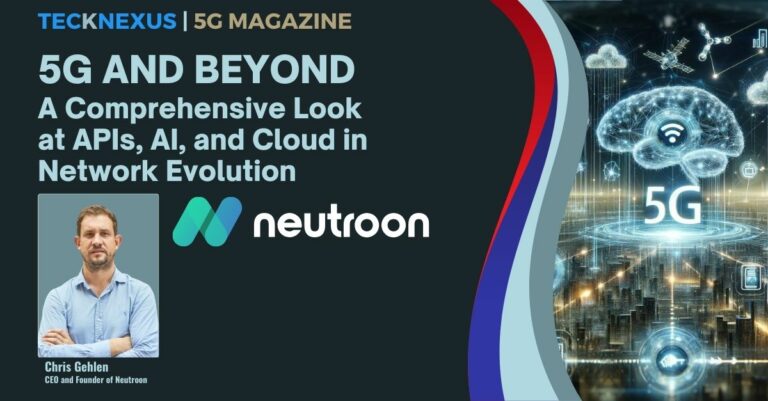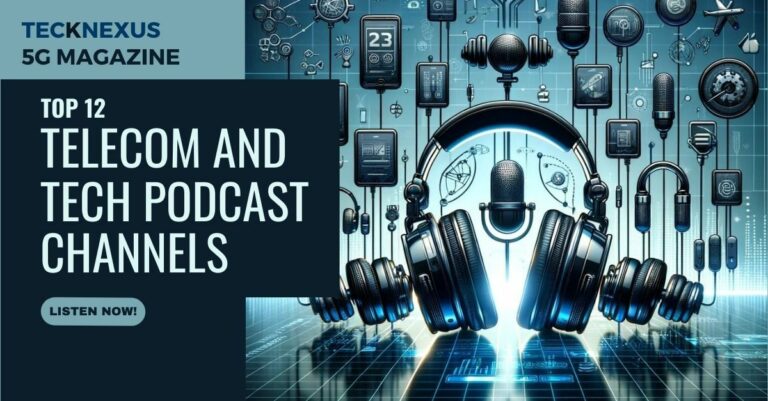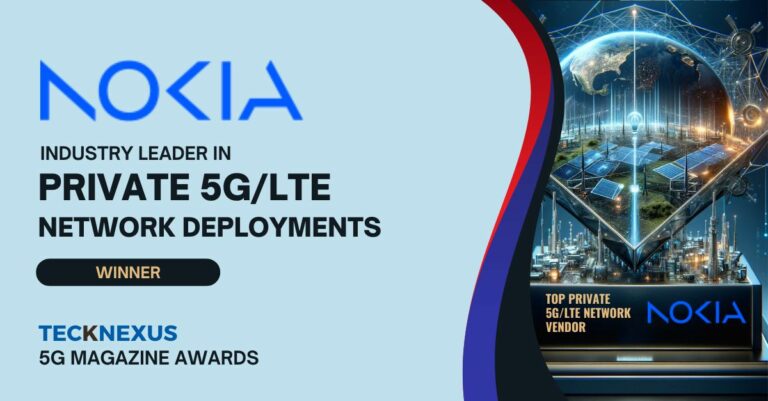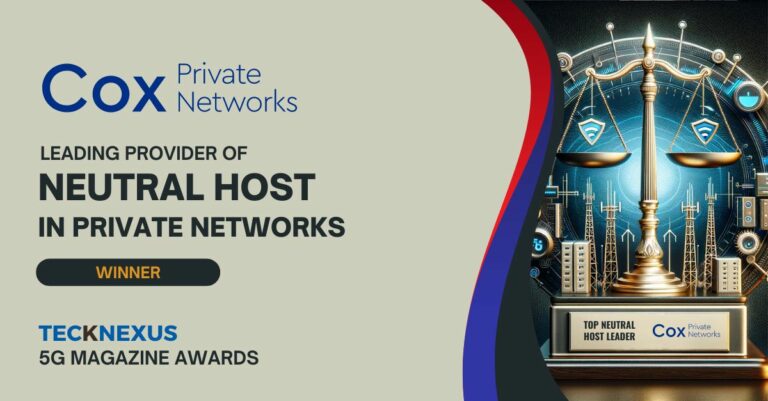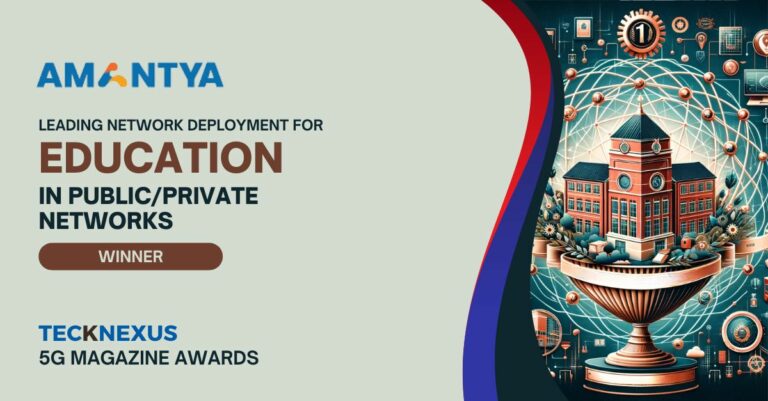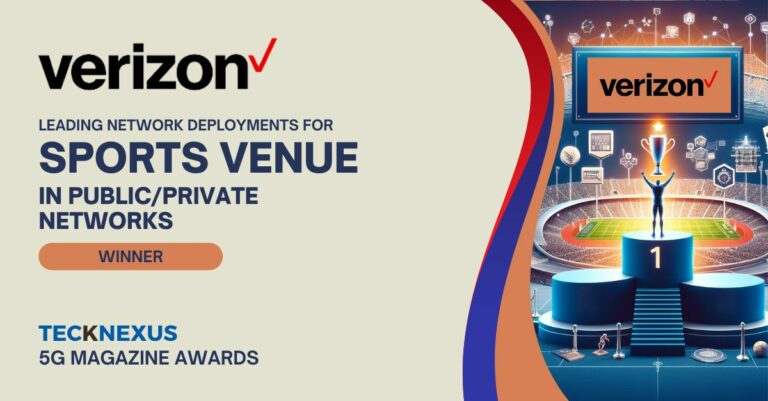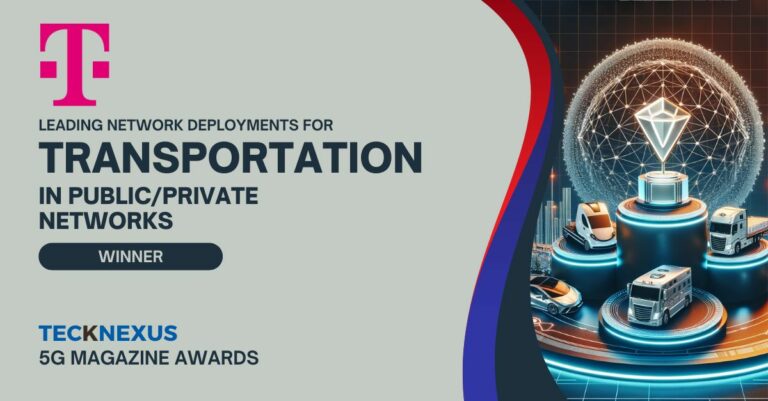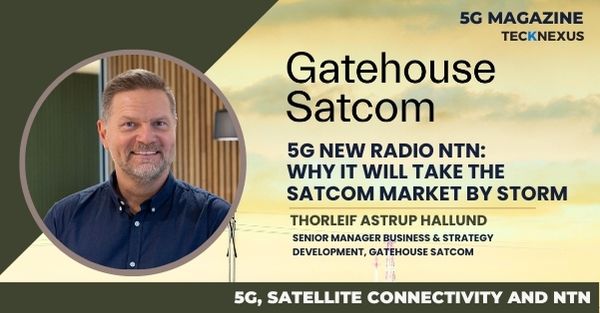The Halo fitness tracker is one of the examples from Amazon of how connected our lives have become. Halo processes the wearer’s tone of voice, and Amazon claims “to help users communicate more thoughtfully with family, friends, and colleagues.” It also scans body fat. However, with more devices in more contexts connecting us and tracking every action—the control and portability of the data will need to be resolved.
Google, Amazon, Facebook, and Apple are not only enablers of these connected lives, they are among the largest holders of customer data. These tech giants are approaching monetizing and protecting that data differently as consumers become more aware of how much data is being collected. Regulations, privacy rules, and business models have yet to catch up to handle the accompanying data, whether transactional, electronic health records, or behavioral tracking.
Two trends that companies should be exploring immediately are
- Data trusts or a structure where data is placed under the control of a board of trustees with a fiduciary responsibility to look after the interests of the beneficiaries and
- Data wallets, where users can manage data through a trusted, independent party and then give companies permission to access specific data under certain guidelines, including duration, use and value exchange parameters.
As consumers assert control over their data and data rights, organizations at all levels need to explore how they will be compliant with regulations and, more importantly, earn and keep the trust of consumers.
Big AI May Not Need Big Data
Much of the artificial intelligence/ machine learning conversations to date have focused on the need for access to huge amounts of data to feed algorithms and neural networks, an area dominated by companies such as Google, Amazon, Microsoft, and Facebook, or the Chinese mega-tech companies, Baidu, Alibaba, and Tencent. But recent advances in machine learning, including “less than one”-shot learning where ML algorithms can learn information about something from one or only a few training samples or images.
This example indicates that certain key ML capabilities may be achievable without needing large amounts of customer data. A recent MIT example using these techniques reduced the training set of images needed to identify handwritten numbers from 60,000 to 10. This puts complex AI-driven solutions that rely on supervised learning, like natural language processing and image recognition, within reach of start-ups and smaller companies, which should lead to accelerated innovation. Companies should start examining use cases that may have once been out of reach and determining if new techniques like one-shot learning could work and create value.
Ambient Technology Takes Over the Next Wave of Experiences
Ambient intelligence allows technologies to act on the user’s behalf without a user giving a direct command. Popular devices like Amazon’s Alexa have laid the groundwork for this technology, and many customers are already comfortable with smart devices completing household tasks. As more consumer technologies remain connected in a passive listening mode, some are experimenting with acting based on consumer preferences or preset automation workflows. An example would be a connected coffee maker turning on at the beginning of a workday when being notified by your IoT-enabled hot water pump that the shower had just turned off.
Although data privacy concerns are abundant in many of these scenarios, with the right privacy and security measures in place, consumers will become more comfortable with devices sharing data and streamlining many tasks in the background. Home automation, workplace safety, and automotive and retail could all be impacted as ambient technology becomes embedded in consumers’ lives making for higher degrees of personalization and more frictionless experiences.
Brands need to prepare for ambient technology as the next evolution of experience interactions that follow in the footsteps of desktop browsers and mobile apps.
Finding Streaming Flywheels
Successful media brands in the twenty-first century must have a streaming-first mindset. Media companies’ catalogs are assets, but many aren’t distributing and monetizing effectively. Disney’s content-driven flywheel has always been linked to its merchandising, experiences, and parks ecosystem, allowing it to monetize Marvel, Star Wars, or Pixar content well beyond the price of a single viewing, but other players are floundering. Digital experiences from rich content libraries are one area for media brands to start their flywheel innovation.
Media companies need to start paying attention to things such as experience enhancements like shared streaming, deeper personalization and ending endless scrolls by using artificial intelligence and machine learning. Companies must be conscious of not ending up where this all started: expensive bundles, too many options, low viewer satisfaction, and customer fatigue.
The winner will be whoever can keep subscribers engaged and coming back not just for the content but for the experience.



